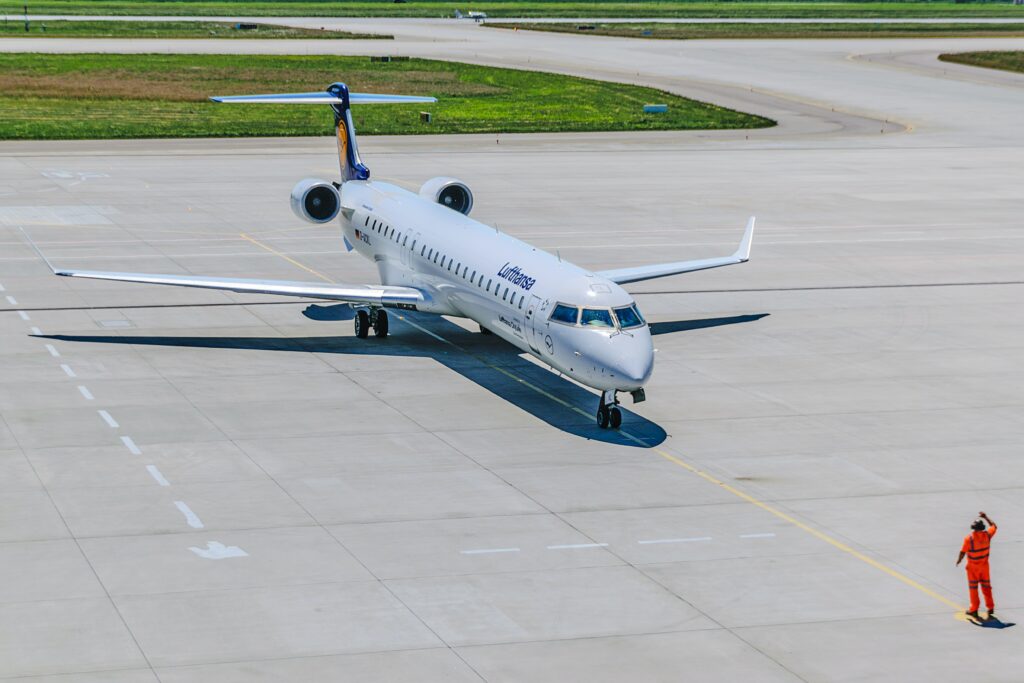
The Future of Aviation in Malaysia: Trends and Reasons
The aviation industry in Malaysia has come a long way since the country’s first commercial airline, Malayan Airways Limited, took off in 1947. Today, Malaysia is a regional hub for air travel, with Kuala Lumpur International Airport (KLIA) serving as a major gateway to Asia and beyond. As technology advances and consumer preferences shift, the aviation industry in Malaysia is poised for significant changes in the coming years. In this article, we’ll explore some of the trends and reasons why Malaysians can look forward to a promising future of aviation. Know more at www.altusmalaysia.com.
Trend: Supersonic Flights
Imagine flying from Kuala Lumpur to London in just four hours instead of the current 13 hours. That’s the promise of supersonic flight, which uses technology to travel faster than the speed of sound. While supersonic flights have been around since the 1960s, they’ve been limited to military and experimental use. However, a new wave of companies, including Boom Supersonic and Aerion, are working on bringing supersonic flights to the commercial market.
Reason: Time-Saving and Efficiency
The main reason why supersonic flights are so appealing is because of the time savings they offer. A flight from Kuala Lumpur to New York, for example, would take just seven hours instead of the current 20 hours. This not only saves time but also increases efficiency, as airlines can operate more flights per day and reduce congestion at airports.
Trend: Electric Planes
Electric planes are another exciting trend in the aviation industry. While the technology is still in its early stages, several companies, including Airbus and Boeing, are investing in the development of electric aircraft. These planes use electric motors instead of traditional jet engines, making them much quieter and more environmentally friendly.

Reason: Sustainable Aviation
As concerns over climate change continue to grow, the aviation industry is under pressure to reduce its carbon footprint. Electric planes have the potential to do just that, as they emit zero carbon emissions and are much quieter than traditional planes. This makes them ideal for short-haul flights within Malaysia and the Southeast Asian region.
Trend: Increased Connectivity
As more people travel by air, there’s a growing need for greater connectivity between cities and regions. This has led to the rise of low-cost carriers, which offer affordable flights to a range of destinations. In Malaysia, airlines such as AirAsia and Malindo Air have played a significant role in democratizing air travel and making it accessible to a wider audience.
Reason: Economic Growth and Tourism
Improved connectivity not only benefits consumers but also contributes to economic growth and tourism. By making air travel more affordable and accessible, low-cost carriers have helped to drive tourism in Malaysia and other Southeast Asian countries. This has resulted in increased investment in hotels, restaurants, and other tourist-related businesses, creating jobs and driving economic growth.
Conclusion
The future of aviation in Malaysia is looking bright, with exciting trends and compelling reasons to look forward to what’s next. From supersonic flights to electric planes and increased connectivity, the aviation industry is evolving to meet the changing needs of consumers and society. As we look ahead, it’s important to remember that safety and sustainability must remain top priorities. With the right investments in technology and infrastructure, Malaysia’s aviation industry can continue to thrive and contribute to the country’s growth and prosperity.

